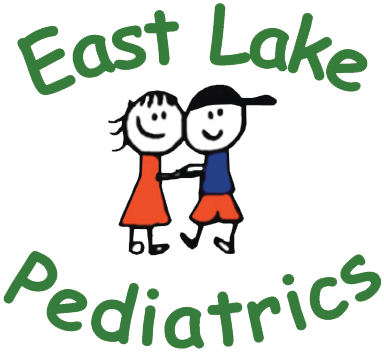Due to all this activity as well as the lengthening of the legs and arms, your child’s baby fat will begin to make way for lean muscles. Between one and two years, your child will begin drinking whole milk from a bottle or sippy cup rather than breast milk or formula. Additionally, his or her appetite may become very picky. Don’t fret over this pickiness—simply offer healthy options for each meal—your child will eat when he or she is hungry. If you have any questions, feel free to give our office a call.
Children at One Year
One year can be a complicated age. Often times, one-year-olds can be friendly, social, and fairly easy going. However, they are often running around and can become demanding at times. They are on a constant quest for independence, but are easily frustrated if they fail at a task.
Your child’s ability to speak will flourish from ages one to two, as most children develop a vocabulary of 50 words or more, about half of which will be comprehended by strangers. It’s also during this time that your child will walk, run, climb, and learn to walk up stairs with relative ease. They will begin to enjoy playing with toys and objects, from kicking balls and stacking blocks to opening and closing cabinets.
As much as you love your toddler, he or she can be frustrating at times. Toddlers are often difficult, and they tend to think the world revolves around them. Sharing is difficult, as they are competitive (especially for their toys) and arguments with others their age can lead to kicking, screaming, and sometimes biting. Moreover, a toddler’s newfound independence can result in them throwing tantrums and making a scene.
It’s important to maintain a daily routine, which allows you to predict when your child will be tired, hungry, or not feeling well. This can help greatly in reducing bad behavior in your little one. “Time out” can be a very beneficial tactic to use during this stage. Assuming your child is safe, it is fine to ignore the tantrums and go on about your daily routine.
Children at Two Years
There’s no need to fear the “terrible twos”. For some toddlers, the time between 18 and 24 months results in a period of relatively good behavior. At two years, the child is often more self-confident and able to complete simple tasks. They are learning to grasp language and will often sit still in your lap rather than trying to escape. They will observe you doing chores around the house, and will try their best to “help”. Take care to store any medicines or chemicals out of reach, as your little one will be inclined to explore constantly.
At some point during this year, the “terrible twos” will begin to show. During this time, routines are vital in quelling tantrums and bad behavior. Despite the difficulties of managing a two-year-old’s often frustrating behavior, this is an exciting time to be a parent. Your child will be growing and learning in ways you have not yet seen and the year will seem to fly by.
This is usually the time that children begin taking an interest in, or even completing, their potty training. Additionally, they will likely want to brush their own teeth and begin eating with utensils. Enjoy the bonding moments with your child—when they want to cuddle or snuggle—before you know it, they’ll be off to the races again.
Children at Three Years
Parents tend to describe their children as ‘angels’, which is understandable having made it through the two-year-old phase. Three-year-olds are often much more social. They begin to make friends and are much more cooperative than your average two-year-old. Three-year-olds will start to understand the concept of ‘we’ instead of ‘me’, and are much more inclined to have fun and work with their parents in a productive way.
Though three-year-olds can still be cranky and stubborn at times, they are becoming better at verbal expression. This helps minimize the temper tantrums while also allowing them to express themselves with words, rather than physical actions. Most of the things they say are comprehensible to others, and outside of playing the “why?” game, it is entertaining conversing with them, as they have bright imaginations.
At this age, kids become more nimble because they’re developing better motor skills. From stacking blocks to drawing with markers, at three years old, children are making significant gains in terms of hand-eye coordination. This is also the point when he or she will be finishing up potty training and are nearly ready for a toddler bed.
Another pleasant aspect of three-year-olds is their ability to process empathy. They begin respecting the thoughts and feelings of others, rather than only themselves. A three-year-old will begin reacting to their environment, so positive reinforcement is encouraged in order to stimulate their ever-growing curiosity.
Don't Forget to Have Fun!
Remember, three-year-olds are a blast! Cherish the times you’re able to spend with your older toddler. They are on a constant quest for independence and preschool is right around the corner. They’ll be off to school before you know it!

